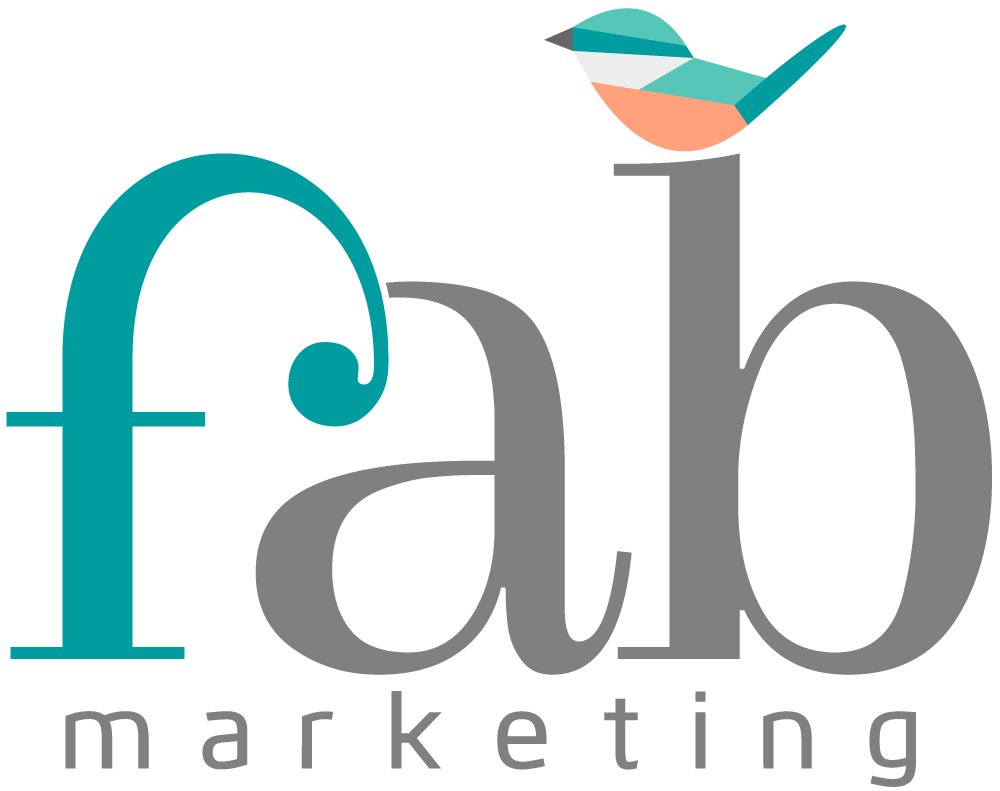3 Steps to get started with Facebook ads for e-commerce
/3 Steps to get started with Facebook ads for e-commerce
Why some eCommerce stores thrive and others struggle to make sales online?
If you've been watching others making sales and would LOVE to get a slice of that creamy pie, then this will help you get started on the right foot.
To simply publish some ads without knowing what you're doing is a sure way to burn your money. Instead, do these 3 things first.
Click below to watch the video or read the transcript.
Have you been thinking about advertising on Facebook, but just don't know how to get started?
Today I'm here to help you with three steps to getting started with Facebook ads for e-commerce. Now, if we haven't met yet, my name is Fernanda. I'm a marketing strategist and Facebook ads expert. I'm also the CEO of FAB Marketing.
Now, as I said today I'm here to help you with three steps to get started with Facebook ads on the right foot.
1 Install your Facebook Pixels
Make sure that you install your Facebook ads pixel on your website because then you can retarget everyone who has been to your website for the past six months.
The Facebook ads pixel will help you bring back customers who have already shown an interest in your brand, in your products, or perhaps have already bought from you.
It's not only going to help you sell more to people who already bought from your store but also to retire people who visited your website but have not purchased from you before.
That's a great way to get started.
If you're going to run out any campaigns on Facebook, you want to make sure that you can always retarget your audience.
Because you will not want to retarget visitors and you also will not want to retarget abandoned carts. To do that, you're going to need the Facebook ads pixel on your website. Make sure you install it.
2- Ensure your website converts at least at 2% or higher
Make sure that your website is the best that it can be to convert visitors into customers. Because if you're sending traffic to your website and you're paying for it, you want to make sure that once those visitors land on your website, they are going to convert into customers.
Now we know that for e-commerce stores, the conversion rates can be as low as 2%. That's okay.
But you don't want it to be too low and say 1%. That would fall too much and you're not going to see the sales that you're hoping to see.
Make sure that your website is good and you convert at least 2%. For every 100 people lying on your website, two people are buying from you. Now, number three, understand your audience.
That's really, really important. I know that it may sound cliche, but when you understand your audience, you are going to know how to speak to them. You're going to know how to write your ads.
What kind of copy to use, what kind of image to use and also what kind of audiences to create.
It's really important that you know when did they buy, is it a gift or is it for themselves. Times of the year when your audience buys, why they buy, how they buy from you, what kind of language do they use.
I can sit down here and start talking about optimise your website conversion rates, but for many business owners, that's going to sound foreign.
Now I can say the same thing, but in other words, like improving your website to make more sales. I know that my audience, you prefer this type of language.
In the same way, you need to know what kind of language your audience will prefer, what kind of language your audience view understand.
3- Understand and segment your audience
The step number three is open a spreadsheet or a Word document and write down who your audience is. Are they women, men, what kind of age, do they have different segments, is everybody in the same group. Usually most business owners you have many segments.
They'll have different groups of people who buy from them, they'll buy different products, they'll buy for different reasons.
That's very important that you have them segmented so you can speak the language and create ads specifically for each target audience that you are serving your ads.
To recap…
Now, those are three very simple and easy steps to get started.
Number one, install your Facebook ad pixels, that is really, really important.
Number two, make sure that your website convert at at least 2%.
Number three, open a Word document or a spreadsheet, and start writing down everything you know about your audience and your ideal customers and divide them into segments.
Once you have that ready, you're pretty much ready to go and make the most of your ads.
If you want some help with your Facebook ads or want to find out more about my services, feel free to to schedule a free discovery call with me here.


